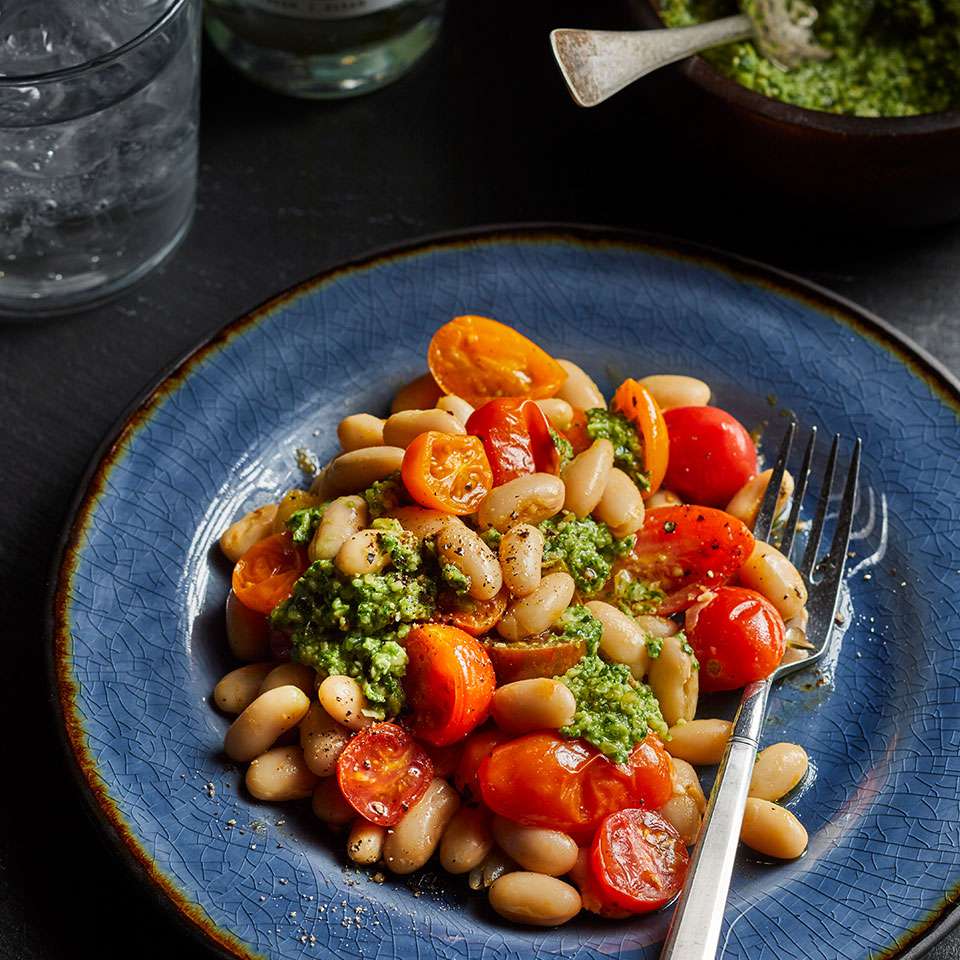What You Can Do For a Longer Life
A new study published in the journal Cell researched both animal and human studies to find keys to a longer, healthier life through diet and nutrition. There is no one size fits all approach to living longer and healthier, but there are definitly basic principals that everyone can adopt to improve quality of life over time. The basic outcome of this research is a mid to high carbohydrate (complex carbs only) and low, but sufficient protein intake that is mostly plant based but includes regular consumption of fish and vegetarian derived proteins is optimal. This is very similar to research done in the Blue Zone studies. A low but sufficient protein diet or a normal protein intake with high legume consumption contributes to the reduction in the levels of pro-aging blood markers such as Insulin. A fat consumption providing about 30% of energy mostly from plant-based and pro-longevity sources is also part of the longevity diet. This protocol would also include a 12–13 hour daily fasting period that has been shown to be safe, feasible, and effective in many studies. The periodic use of a fasting mimicking diet in those age 18 to 70 may be key in reversing the insulin resistance generated by a high-calorie diet. How does this translate?
- Consume only complex carbs and reduced white refined carbs. always read labels to make sure the grains you are consuming are actually whole and do not contain bleached, refined white carbohydrates.
- Reduce consumption of packaged foods. The more whole foods you consume, the better.
- Incorporate more beans into your diet. Shoot for at least one day a week that is plant based only.
- Increase consumption of vegetables and fruits. 8-11 is optimal. a serving of vegetables os 1 cup raw or 1/2 cup cooked. A serving of fruit is 1/2 cup or one small whole fruit (such as an apple).
- Add fish 2-3times per week and eliminate red meat (that includes pork).
- Incorpotae healthy fats such as avocado, nuts, seeds and olive oil.
It is important to note that everyones needs are different as we age, especially those 65 and older, some of our nutritional needs change, especially protein. Never alter your diet without consulting your healthcare provider or RD as this can cause fraility and harm. Food is power and we should harness the benefits to improve quality of life.
White Beans & Tomatoes with Kale Pesto
White beans are full of fiber and protein, both of which help slow digestion and curb blood sugar spikes. Canned beans are both easy to use and inexpensive–a win-win!




